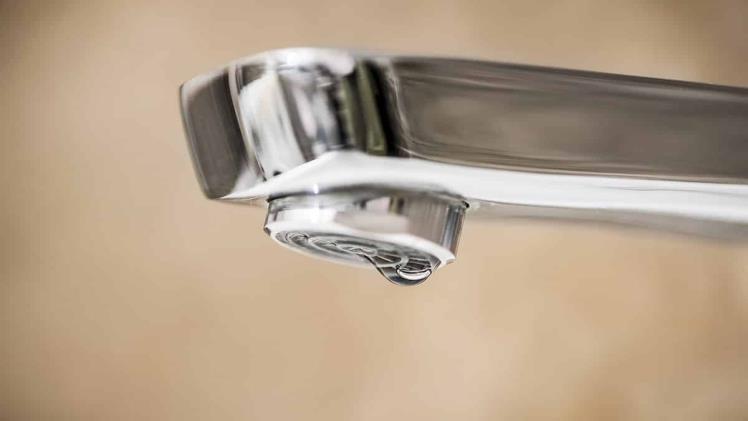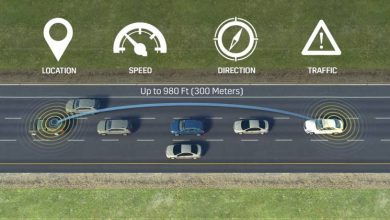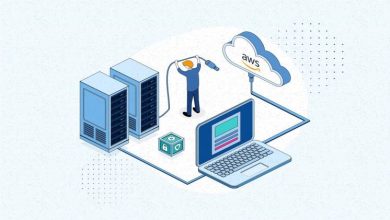Water Technology: Top 7 Technologies Used to Detect Water Leaks

Water is a vital resource, yet it is often misused due to its abundance. As the environmental crisis continues to rise, it becomes crucial to protect this resource by preventing water loss and leaks. Water leaks cost businesses millions of dollars annually, which is not the end. In that case, companies have been able to come up with advanced technologies that are helping mitigate the leak problem. As businesses embrace these advancements, the situation will likely change, and much water can be saved. Let us look at the seven essential technologies that help detect water leaks.
-
Satellites
It is now possible to use satellites to detect leaks in underground pipes. The technology applies algorithms to analyze the images created by satellites through a specialized sensor called SAR. This sensor emits waves that produce an aperture. The bigger the aperture, the finer the image resolution. The scanner can measure the moisture in the underground soil and easily find leaks.
-
Acoustic Leak Detection System
Acoustic leak detection is another system used to detect leaks. It is based on an AQS-SYS system in the IoT that combines GPS, cellular communication, and cloud analytics. The acoustic imager transmits data through a cellular network. Engineers on the other end receive alerts on where the issue is located. It makes it easier to fix hidden leaks and repair any malfunctioning equipment.
-
Robot Inspection
This technology was founded in 2016, and although it has cost a fortune, it has also proved valuable to companies with leak issues. Instead of radar for scanning water systems, robots climb through the pipes and find the leaks. These robots can access even hostile and smaller places humans cannot reach.
-
AI and Satellite for Detecting Flood
AI and satellites also collaborate to detect floods. The technology monitors flood events in real time through AI and satellite. The satellite imagery is analyzed through algorithms to smoothen terrain and remove clouds to see the floods. The technology can detect floods and uses a different shade of color to show the prone areas. It becomes easier to detect floods, helping the victims relocate on time.
-
IoT and Satellite for Stormwater Management
This platform utilizes algorithms to provide analyzed data about where the storm rages. The technology helps manage stormwater by infiltrating it, preventing serious flood issues.
-
Smart Water Management Technologies
These technologies provide analytical data on complex plumbing systems in commercial buildings. It allows accessibility of pipes without human intervention and covers a wide area. They alert customers of unforeseen events and provide data for maintenance, water bill-backs, water usage optimization, hygiene, etc.
-
Computer Vision
This technology was founded in 2019 and is helping analyze issues in the sewer system through video footage. The robots crawl into the sewers and take images of the pipes. People then need to analyze the video footage and spot issues. Computer vision is skillful in detecting intersections of the lines or cross bores that could compromise the system’s integrity.
The Bottom Line
A lot of technological advancements have emerged to help save water. These innovations are helping mitigate leak issues that are the main culprits of water wastage. Soon, more improvements will come up, bringing solutions to preserve this vital natural resource.





